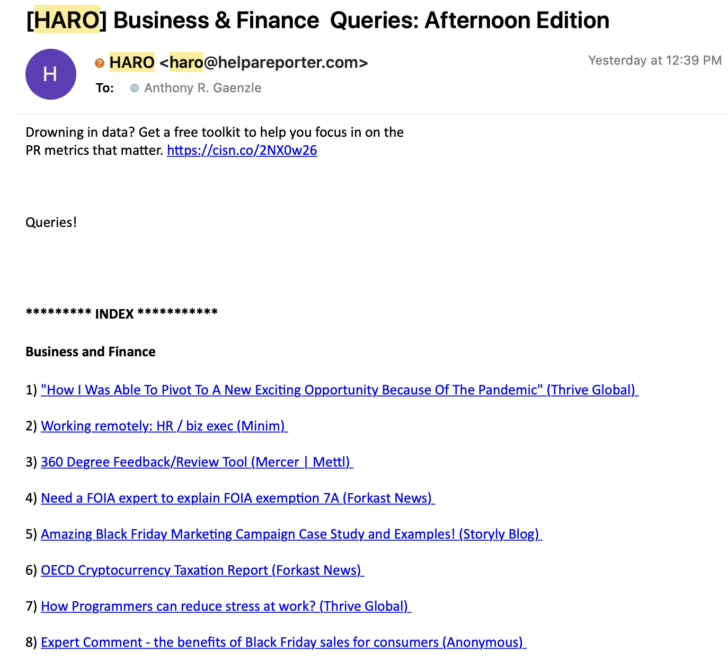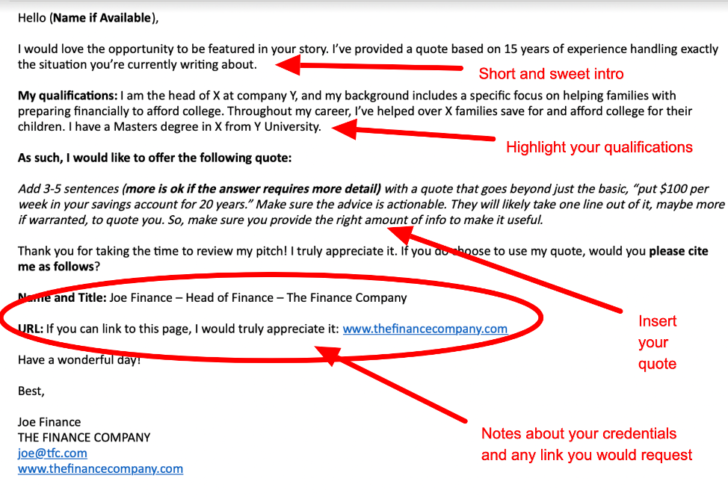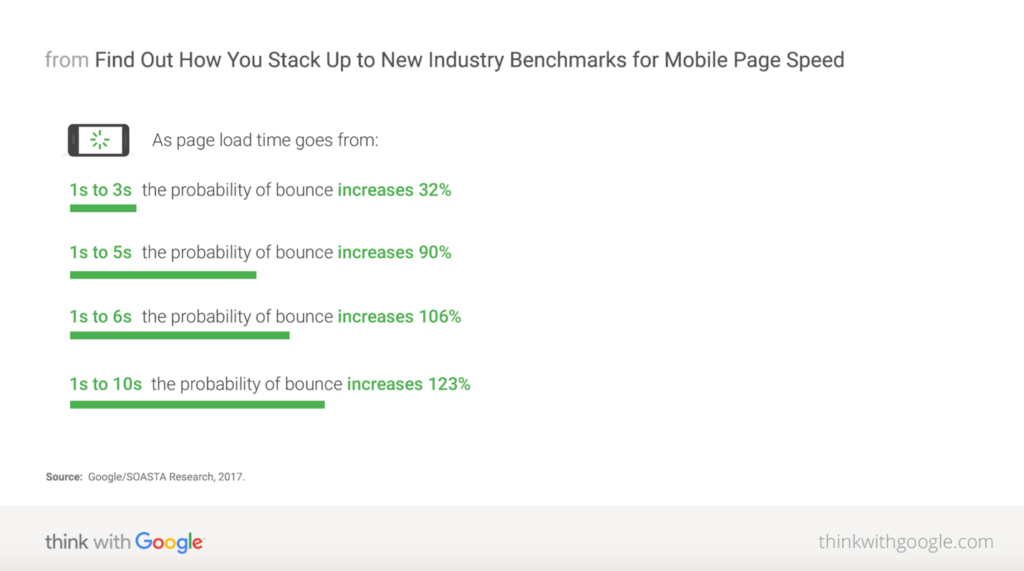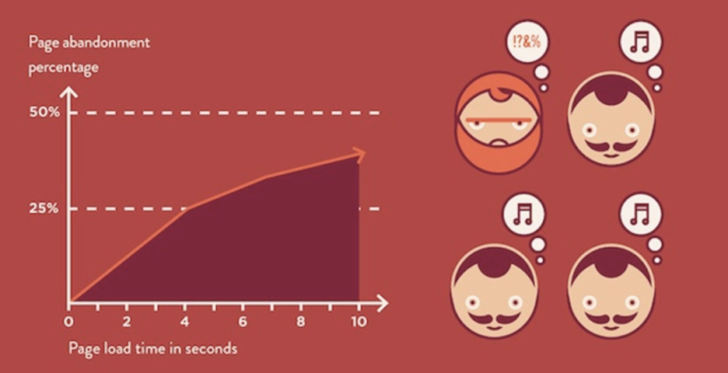Five quick SEO wins to give your website a boost in search
30-second summary:
- There are SEO tactics you can apply even without significant expertise.
- These tactics even the playing field a bit for those who can’t hire a huge team or outsource to an agency.
- Paying attention to things like images and hosting can give your site a boost.
- There are simple link building tools that are free and easy to use.
- Applying these tactics will help you get in the SEO game and give your website a boost in search.
SEO is not easy. In fact, there are around 200 factors that go into determining where your website appears in search results. As such, optimizing your site for search can be a daunting task. Companies hire full teams of SEO experts or outsource the work to agencies to handle the huge workload that can come with executing an effective SEO strategy. Many companies, like yours perhaps, don’t have the resources to do this, however. Fortunately, there are a number of quick wins you can take advantage of to give your website a boost in search.
Try these five tactics to gain some quick SEO wins for your website.
1. Optimize images and visuals
The images and visual elements you place on your site, in articles, on pages, and all around, can be hugely valuable in giving an easy boost to your search rankings.
One example I like to point to is this image on the SE Healthcare website.
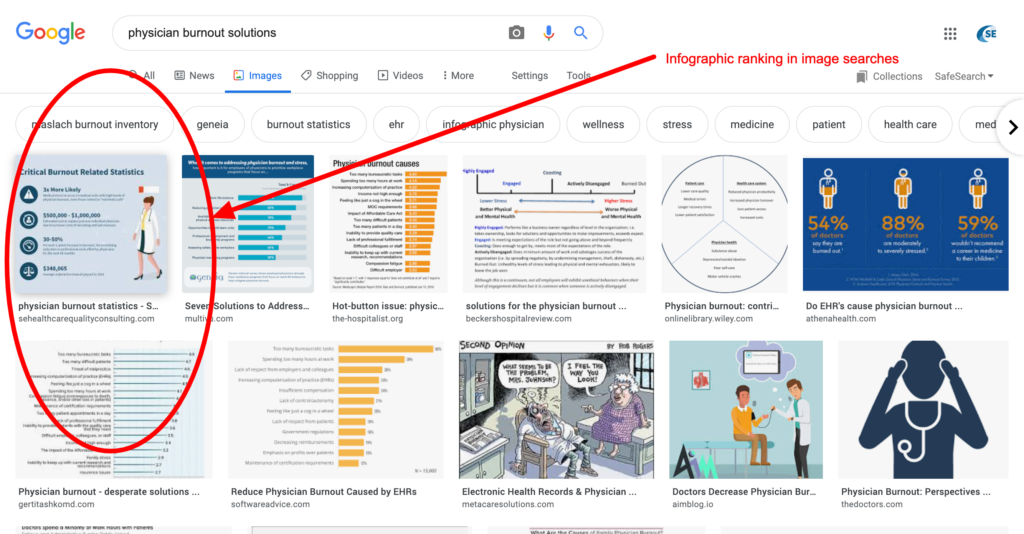
Image: SE Healthcare infographic ranking in image searches – Source
In working with SE Healthcare on the company’s SEO strategy for a new product launch, we were targeting keywords around the core of physician burnout. Over time, we noticed that this image actually started ranking. It started showing up for tons of searches for “physician burnout solutions” as a result. And those searches went straight to this image in an image search on Google.
Clicks on this result ended up with shares of our infographic appearing on social media as well as a serious lift in our search results for related searches. And we ultimately found that inquiries about related product lines began to rise as well.
So, make sure you’re doing the following to use images to give an easy boost to your search results.
Add visual elements throughout your site
First, adding images, infographics and other visual elements to your site just creates a better experience for users. Any time you can substitute a visual element to explain a concept rather than adding a thousand words of unnecessary text, it can go a long way in connecting with visitors.
Obviously, don’t eliminate text altogether or your SEO will suffer. But, be sure you add images in articles to enhance the articles. Add graphics to explain product features. Add high-quality images of your products. The list goes on, but you get the point. Images add tons of value to your site, and they can also help you rank in search. Google and other search engines love images.
Where to add images
To give you an idea of where you can place images to optimize your site, try the following:
Representative icons – Add representative icons above products and other elements to pull your visitors’ attention.
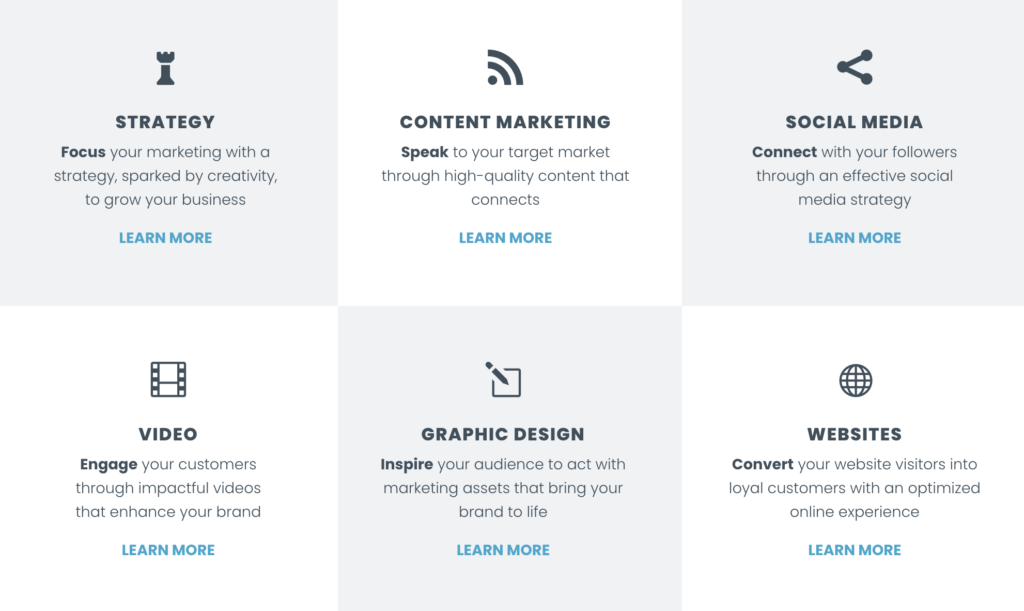
Image: Icons to represent services – Source
Infographics – Drop infographics into articles and other pages to visually explain concepts and add more value to keep readers on the page and scrolling.
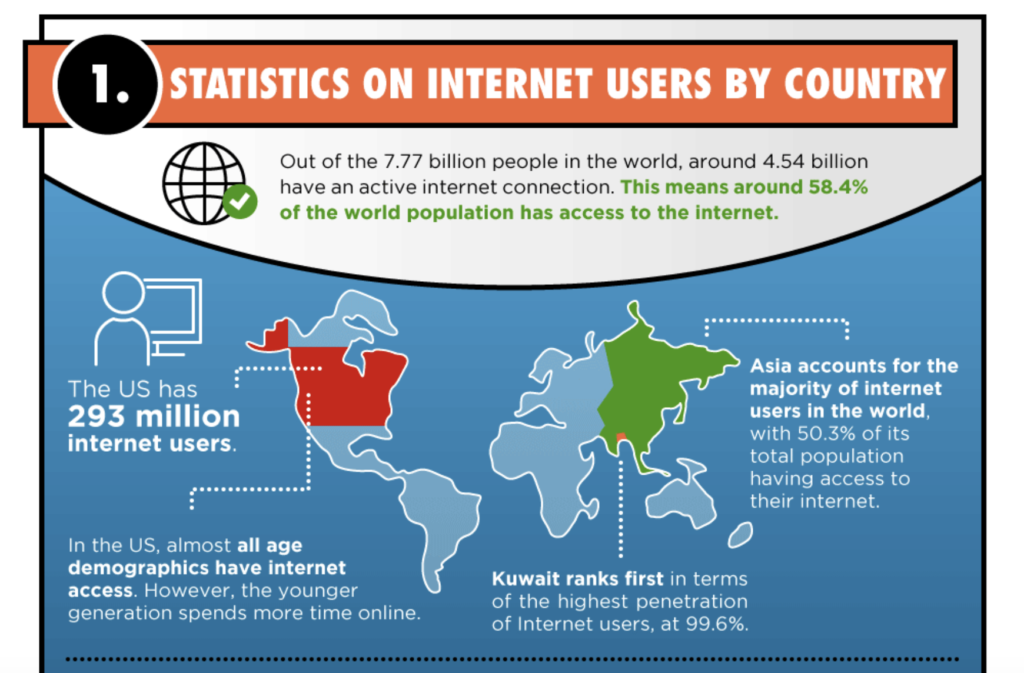
Image: Example of an infographic to add value – Source
Demo Videos – These can really boost your ability to highlight your products by showing rather than telling.
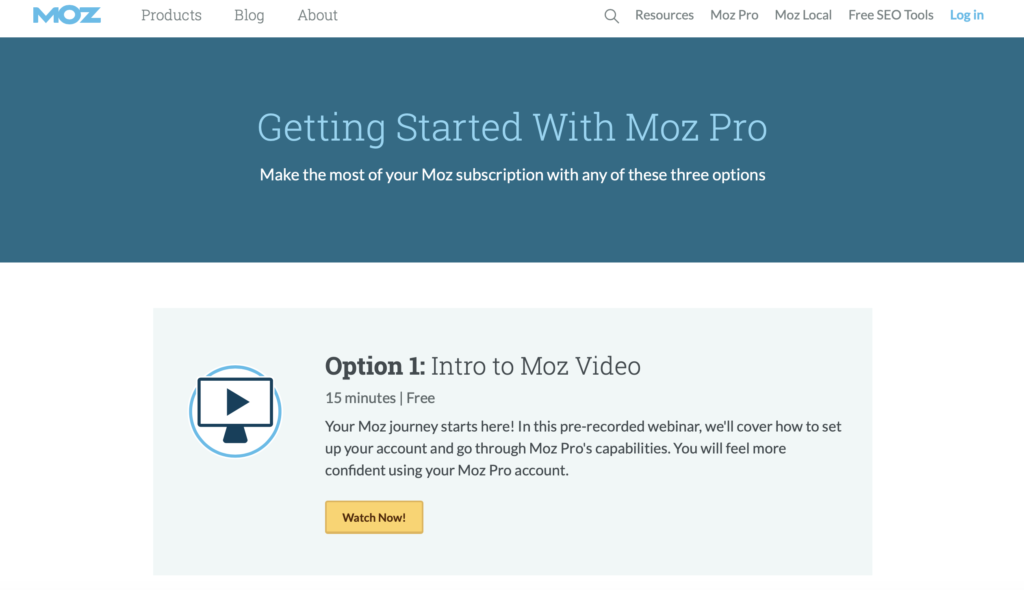
Image: Demo video example – Source
Visual Coupon Codes – This is a great way to highlight discounts and entice shoppers on your site to make a purchase. Works great for ecommerce businesses.
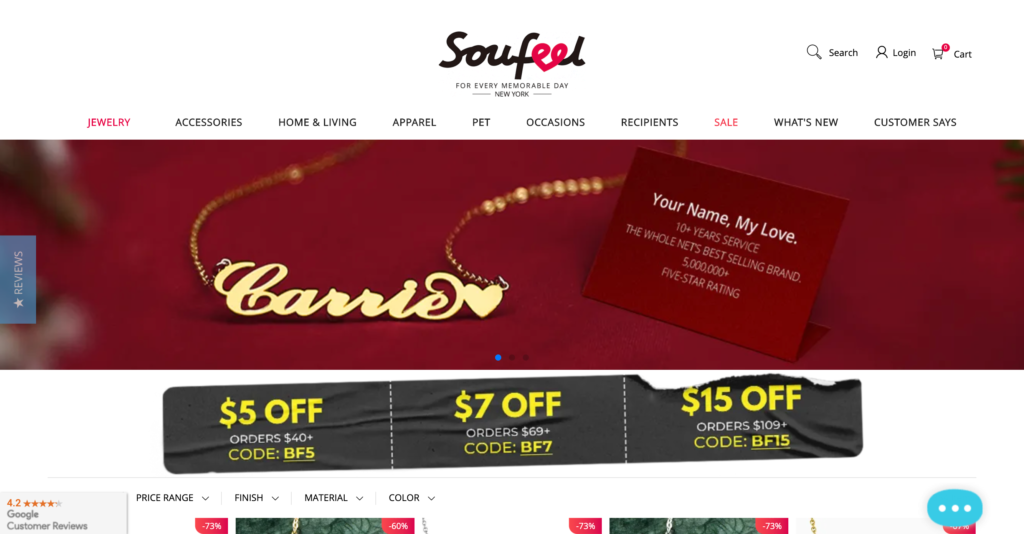
Image: Visual discount codes – Source
Thumbnail Images – Make sure to add thumbnail images for your posts. These will show up as shown below.
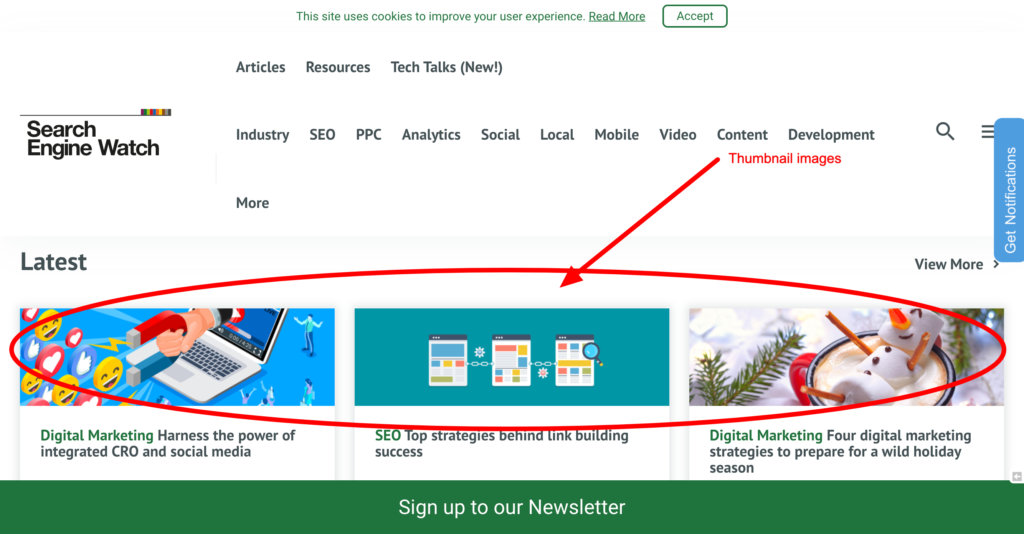
Image: Example of using thumbnail images with posts – Source
Images in Blogs – Placing images through your blog is hugely important. You can use a header image as well as images throughout the post to illustrate important points.
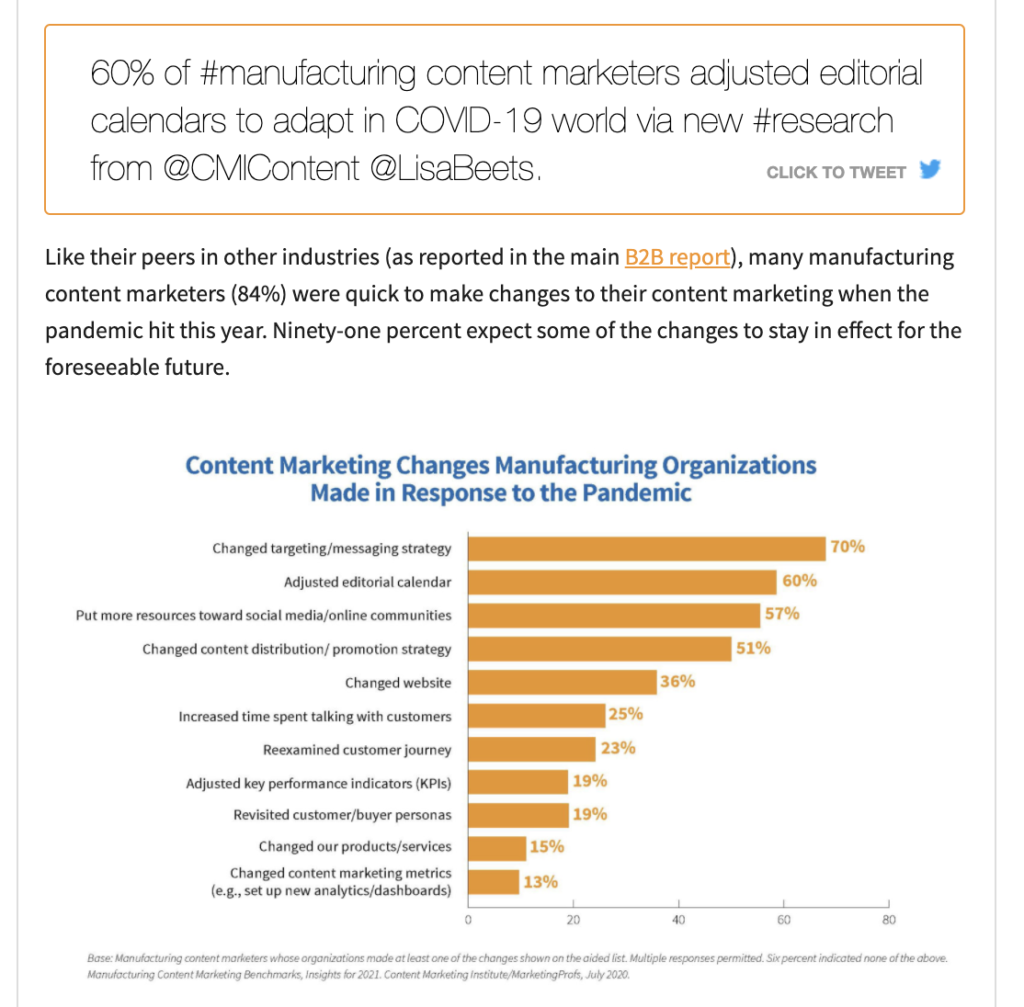
Image: Example of adding a supporting image that expands on the info provided in the text within a blog post – Source
These are just a few ideas of how you can leverage visuals throughout your website to enhance the user experience and give your website a boost in search.
Incorporate videos
Embedding a YouTube video into your articles or your pages can really help boost stats like time on page and lower stats like bounce rate. When these stats head in a positive direction, Google will take notice.
Google loves sites that keep visitors’ attention and keep them on site. A video embedded in the middle of an article can add a minute or more to the time someone spends on your page. And the best part, you don’t even have to create the video.
For example, you could write an article about making Fall décor from egg cartons. Conduct a search on YouTube and find an example of someone doing this, and then embed it in the middle of the article. Not only will visitors read your copy, but they will likely also stop and watch the video, thus keeping them engaged longer.
Insert alt tags
Google is getting better at reading images and determining what they are showing, but the technology still has a way to go. To make sure Google understands the images on your website, you need to place alt tags in each one image upload describing the image. This helps Google determine what the image is showing and whether it relates to a specific search.
Images are super important for helping your site’s SEO performance, so be sure to follow the tips above to benefit.
2. Enhance website security
When you think of cyberattacks, what’s the first thing that comes to mind? Whatever answer popped into your head, I bet it didn’t have anything to do with SEO. Many site owners fail to realize the negative impact a cyberattack can have on your site’s search rankings.
Google, however, is paying attention to a variety of reasons. If your website is lacking in security, and Google takes notice, your site could be in serious trouble.
How Google treats cyber attacks
If Google crawls your website and finds it has been hacked, the search engine giant could actually blacklist your website. When this happens, site visitors will see a notice saying something like “This site may have been hacked.” It goes without saying that visitors seeing that notice will likely navigate away from your website and look for answers and solutions elsewhere.
People see this warning and instantly click away, which can seriously damage your site’s stats. Google will undoubtedly take notice, and your site could be demoted. You may not even notice anything until you see a huge drop in traffic or a major rise in your bounce rate and decide to investigate. By that point, the damage will be done, and you’ll be forced to spend tons of time making things right.
There are a number of types of attacks that can hurt your site. Let’s take a look at a couple types of cyberattacks that can have a seriously negative impact on your search rankings.
DDoS attack
DDoS stands for Distributed Denial of Service. This type of attack is becoming more and more prevalent. The cybercriminal will send massive amounts of bot-related traffic to your site, which can cause significant downtime.
This significant downtime can cause your search rankings to drop. Even 15-minutes of downtime can be a negative signal to Google, so just imagine what a whole week could do. For this reason, you need to take steps to avoid a DDoS attack in order to prevent a drop in search rankings.
Bad bots
This involves bad bots crawling your site and scraping content or stealing data. Obviously, you want to avoid an instance of data theft. Just think of all the major headlines that have been made in recent years from companies being hacked and customer data being stolen. A lesser-known bad bot is the content scraper. These bots essentially scrape your content and place it elsewhere. This compromises your site’s originality and uniqueness and can lead to your search rankings dropping.
These are just a couple of the types of hacks that can hurt your SEO. There are plenty more to be aware of, so you’ll want to do your homework and make sure your site is prepared.
How to protect your site
Fortunately, there are a number of proactive steps you can take to protect your site to avoid this negative impact on your SEO. Here are a few things you should be doing:
- Make sure you have HTTPS setup
- Install a strong firewall
- Conduct regular testing to uncover potential vulnerabilities
- Use multi-factor authentication for your website logins and even for email
- Install a security plugin
- Update your website regularly
- Use secure logins and passwords for your team (and update them regularly)
Doing these things can position you to avoid the negative SEO impact of a cyberattack and help you maintain the search rankings you worked so hard to earn.
3. Speed up the hosting
Multiple studies confirm that faster site speed does indeed result in better search results. There are a ton of factors that go into optimizing the speed on your site, but one simple factor that’s super easy to control is your site’s hosting provider.
Many of the technical things you can do to speed up your site take time and often require an expert. Fast hosting, on the other hand, simply involves making the right choice and then working with the hosting providers to get your site up and optimized.
There are a ton of hosting providers that offer hosting for $2.99 a month (give or take), but often those are shared hosting, which can be significantly slower. To really get the most out of your hosting and truly experience an increase in site speed, I recommend looking at the following types of hosting providers.
Managed WordPress hosting
I start with this because 38% of websites are built using WordPress. It’s my preferred platform, and for WordPress users, managed WordPress hosting can really help optimize your site and give a boost to your site’s speed. I use a managed WordPress hosting provider for my own website.
Managed WordPress hosting often comes with a higher level of support, enhanced security, and obviously since I’m bringing it up here, faster page load speed.
The cost can range from $50 to upwards of $200 per month, which makes this an affordable option for small- to mid-sized businesses.
Dedicated hosting
The name speaks for itself. You won’t be sharing this hosting with anyone. It is 100% dedicated to your organization alone, which gives you a huge boost in speed. Unfortunately, this option also comes with a boost in cost.
That said, if you are seeing 100s of thousands of visitors to your site each month, this option is right for you. And if you’re seeing that level of traffic, and your site is optimized for conversions, you can likely afford it.
This option can cost a few thousand dollars, so if you aren’t quite there yet, it may be something to keep in mind for the future.
As you can see from the graphic below from Section.io, site speed can seriously impact the bounce rate of your website, which is why I stress the importance of the impact your hosting provider can have.
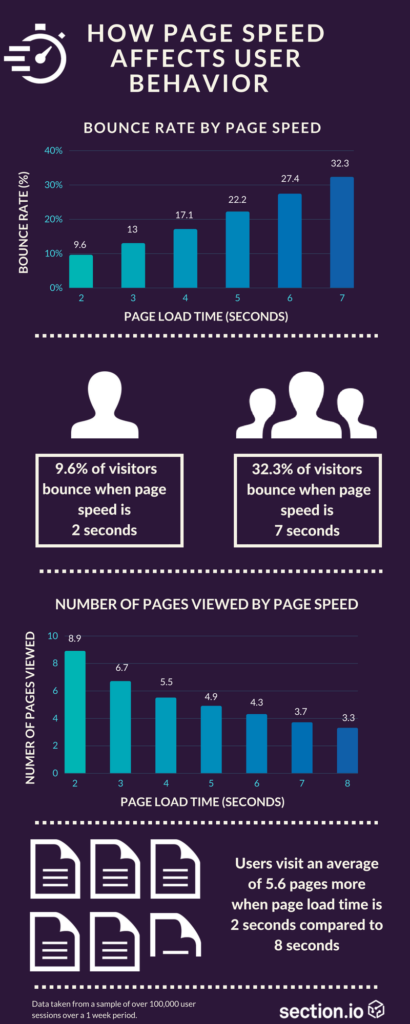
Image: Source
If these options aren’t the right fit for you, there are tons of other options. With shared hosting, for example, you can pay a bit more to get faster speeds. And with Cloud hosting, you get the benefit of lower downtime.
Whatever option you choose, make sure you talk to the hosting provider and ask questions about site speed and how their platform will help you boost the performance in this area. A faster site is an easy way to give a boost to your SEO.
4. Simplified link building
Link building takes a lot of time and effort. You need to conduct research upfront, and then the execution part, including the outreach to website owners, can be quite time intensive.
There are, however, a few methods you can use to grab some easy links and start slowly building up your arsenal of links.
Let’s take a look at two specific ways you can do link building effectively while saving some time and effort.
HARO (Help A Reporter Out)
This is a great resource. Help A Reporter Out, known in the industry as HARO, allows you to connect with journalists who are seeking sources for the content they’re creating.
You sign up for an account, and when you receive emails with a list of inquires each day related to the subject matter you select. For example, if you run a marketing agency, you can sign up for the business and finance emails. If you run a healthcare organization, you can sign up for the healthcare list.
Once you’re signed up, you’ll receive emails each day that list out queries from journalists asking for expert sources like yourself to provide your opinion or advice on particular topics. Those emails will look something like this:
Image: HARO email example
As you can see in the email, you’ll see a one-liner highlighting the subject of the query. If you see something that stands out (a subject you feel you could answer expertly), you can just scroll down through the email and you’ll see the full query.
The full query will have more details about the publication and what, specifically, the writer is looking for. Only answer queries where you truly feel you are an expert.
Once you find something that’s a fit, submit an email to the writer via the email link in the email you were sent. I recommend formatting it something like this:
By using this format, you’ll have a better chance of getting accepted, and when you get accepted, the writer will typically add a link back to your site from your quote.
If you keep an eye on your HARO emails and try to respond to 1-2 queries each day, you will gradually start to get your answers accepted, thus gaining valuable backlinks, sometimes from super high domain authority sites. I’ve personally grabbed links from sites like Content Marketing Institute (80+ DA) and Forbes (80+ DA), among others.
Directory submissions
This is another easy link building win. All you need is the following information, and then you can start creating accounts for various directory sites.
- Elevator pitch for your business (aka, brief description)
- Your website’s URL
- Physical address and contact information
- Logo or image to accompany your listing
Some sites will allow you to enter more info, but you need to at least be armed with the basics above.
Start with the general sites like Yelp, Yellow Pages, and of course, Google My Business. Get those sites up, and then dig a bit deeper. Your industry will definitely have industry-specific directory sites, so don’t forget to fill out those as well.
By filling out directory sites, you are gaining links back to your website, but you are also setting up opportunities for your profile on those sites to appear in search when your site itself does not.
These are just a couple of easy ways to start building links. Begin with these tools, and as you start to get on a roll with HARO, and your directory sites are all set up, you can move onto more difficult efforts.
5. Check for broken links
One thing that can hurt your site is having broken links littering your pages. If you post a ton of content, it can be easy for broken links to slip past you.
For example, you link out to external posts to provide supporting information to your blog readers. Over time, the owners of the sites you link to may remove posts, or those pages themselves may become broken.
If you have a ton of broken links throughout your content, this can impact your SEO, and it can create a poor user experience.
Fortunately, there are lots of great tools you can use to check for broken links and then correct them. Here are a few options:
- SEMRush – This is a paid platform with lots of bells and whistles. There are a ton of great tools included, so if you want to go all-in on SEO, start here.
- Ahrefs – While Ahrefs has a great paid platform, they also offer a basic broken link checker for free. I highly recommend checking it out.
- Dead Link Checker – This is another free tool. You just type in your URL and the checker will scan your site and point out any issues with broken links that it finds.
Whatever tool you choose, you’ll want to locate broken links and either update them with links to new, relevant content or unlink them. Doing this can help keep your site clean and give your website a boost in search.
Conclusion
Applying these tactics can help you get a head start on your SEO efforts. While many SEO tactics are very time-intensive and super challenging, these four tactics are a bit easier and can give you some quick wins.
And the best part is that you don’t need to be a seasoned SEO vet to execute these tactics. Anyone can set up a hosting provider, for example. And typically, the hosting provider will move your site over to the new hosting, so all you’ll have to do is provide some login info.
And looking at HARO, connecting with reporters for high-quality publications can be extremely challenging. HARO helps level the playing field and gives you access to reporters in a much easier way.
So, get your team together and figure out the best approach to start applying these tactics. If you stay consistent and focus on the end goal, these tactics can really give your website a boost in search.
Anthony is the Founder of AnthonyGaenzle.com a marketing and business blog. He also serves as the Head of Marketing and Business Development at Granite Creative Group, a full-service marketing firm. He is a storyteller, strategist, and eternal student of marketing and business strategy.
